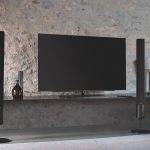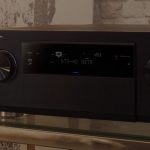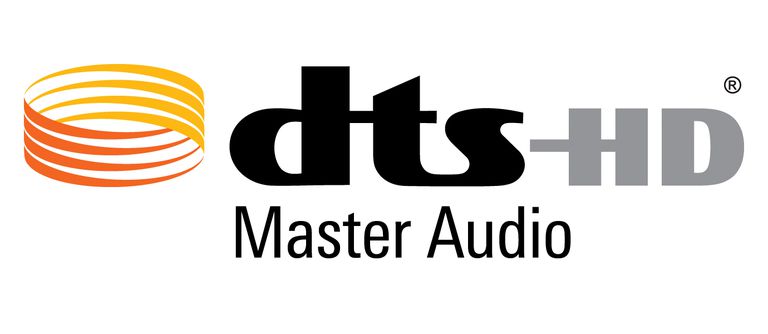The overall sound performance of a home theater system does not come from a single component, but rather from the chain of all connected devices, from the source to the audio processor, via the receiver/preamplifier, any dedicated power amplifiers, speakers, and their placement. Not all components are necessary for all configurations, but some, such as the amplifier, are indispensable.
A home cinema room needs 3 main components (which can be integrated into a single device or differentiated), plus a signal amplifier, plus dedicated power amplifiers and speakers.
There are three levels of sophistication in a room, and the very first is the receiver. It is the component that processes and decodes the audio/video streams of a home theater and controls the entire system and Surround; it is the brain of your home theater, and includes all the necessary inputs and outputs.
At the second level are the amplifiers; when you connect an amplifier to the receiver, the receiver becomes a pre-amplifier because the amplification part is handled by one or more external amplifiers. Unlike receivers, preamplifiers/processors do not have built-in amplification, so they maintain the best possible sound quality and reduce interference. To make the system work, however, the amplifier alone is not enough-you’ll need a preamp/processor upstream and speakers downstream.
Finally, there is the signal processor (DPS) with a dedicated amplifier (even just for 1 or 2 or more speakers) and used only in high quality and commercial cinema settings. A respectable room always has more than one amplifier, and components and cables of consistent quality. In fact, a 10,000€ speaker cannot be connected to a 1,000€ amplifier.
Dedicated signal processors and amplifiers are a must for high-end movie theaters.
- Sintoamplificatore
- Amplificatore: Cos’è
- Amplificatori Autonomi
- Sintoamplificatore?
- Scegliere l’Amplificatore Giusto
- Entriamo_nel_Tecnico
- Il Tocco dell’Esperto
- Dolby Atmos
Receiver
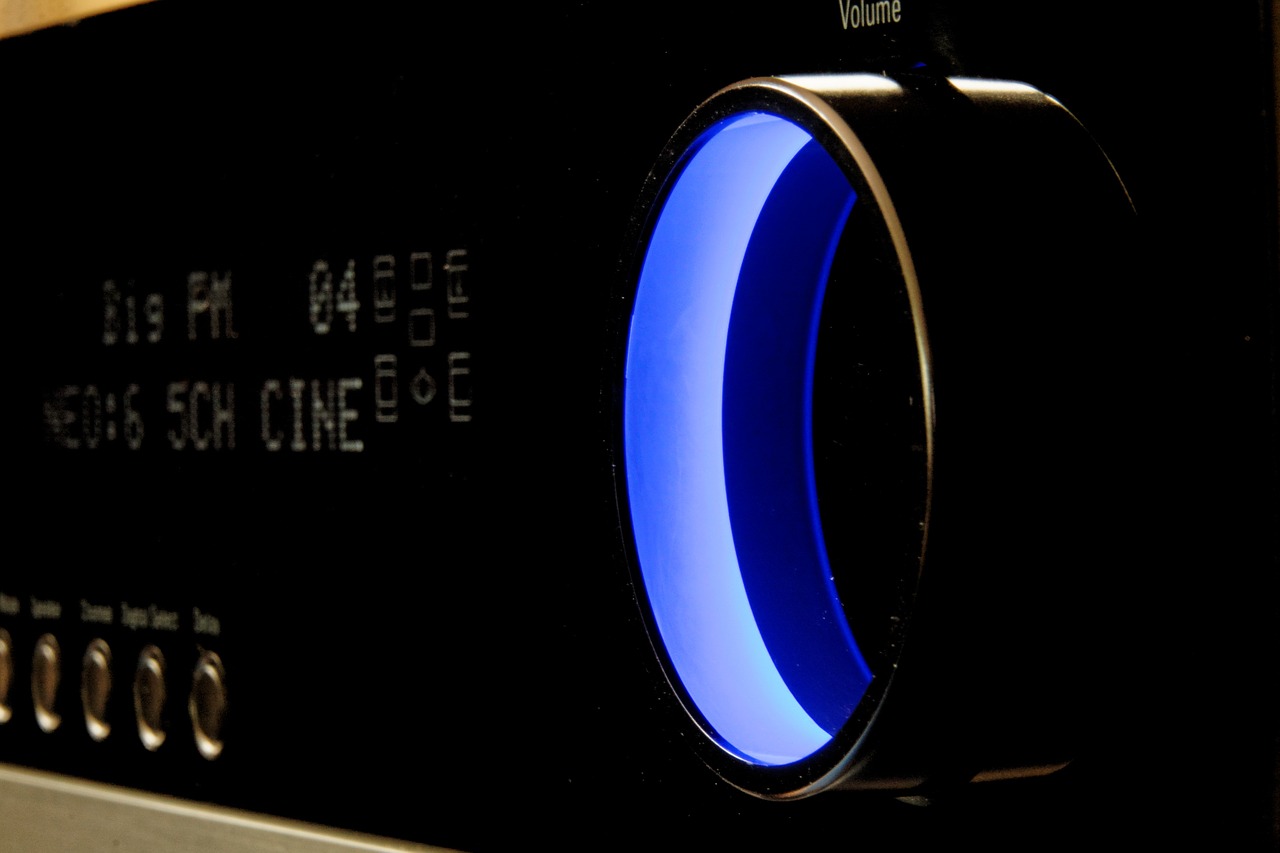
A receiver is composed of several parts:
- Input A/V: The inputs of audio and, in some cases, video sources. They convey the audio video signal to the other home theater devices.
- Decoder: Processes the signal, interprets it (Dolby Atmos, DTS:X, Auro-3D., etc.) and equalizes it, then sends it all to the screen/projector and speakers. Includes a signal converter that converts the digital audio to analog before sending it to the speakers.
- Output: The set of output ports and components (S/PDIF, HDMI, USB, RCA).
A receiver does basically all or some of these things:
- Connect and switch audio sources: Every audio source in your home theater should always be connected to the A/V receiver. With the receiver’s section controls, you can easily switch between audio sources.
- Connect and switch your video sources: Just as with audio sources, video source devices are connected to the A/V receiver which, in turn, is connected to a display device such as Smart TV or projector. This configuration greatly simplifies the selection of video sources when you want to play a BlueRay, a show recorded on a set-top box (such as Apple TV), or any other multimedia trinket. In most cases, you simply select what you want to watch on the receiver’s remote control and that’s it. Some believe that, for maximum video quality, it is preferable to avoid a receiver and connect the sources directly to the Smart TV or projector; however, with the advent of the HDMI (High-Definition Multimedia Interface) digital connection, there is zero degradation.
- Radio Tuning: Although not a widely used feature, the receiver often includes a radio tuner. Some models include satellite radio receivers for XM or Sirius radio. So if you think you need this feature, check that it is built into your receiver model. Consider, however, that then there is the monthly subscription to pay; alternatively, there are models that include digital HD radio, which is free instead.
- Decoding Surround Audio Formats: Unlike the old traditional stereo receiver, a modern receiver can process surround sound formats such as Dolby Atmos.
- Audio Signal Amplification: Another distinguishing feature of an A/V receiver is that it contains at least seven channels of amplification to manage and power the speakers. In systems of a certain level, this functionality is taken over by a dedicated Amplifier.
- Provides the Home Theater User Interface: The interface includes the remote control of the receiver, displays on the front of the receiver itself, and OSD controls on the screen. The combination of all these elements allows you to control all aspects and electronic components in your home theater.
- Advanced Features: In addition to all these functions, modern receivers offer a number of other features such as Internet connectivity over WiFi or Ethernet, wireless music streaming via Bluetooth, audio/video streaming via DLNA/Miracast/Airplay, multi-room audio output, and even sound calibration with DSP. However, the presence of one or the other depends on the make, model and price of the A/V receiver.
The device can often apply DSP (Digital Sound Processing) effects, a kind of sound filters that create special, striking results or generally increase the spectacularity of the sound.
Advanced functions of an amplifier also include equalizing the input (for greater control of output power) and managing delays between speakers, so that even in less than perfectly symmetrical rooms the sound can be heard correctly.
The amplifier can be integrated into an all-in-one or managed by separate, ad hoc devices.
Caution with HDMI. If you connect a device to an HDMI port that is not compatible with HDCP 2.2 (such as an old DVD player), you will receive an error message when you try to play protected content. The same applies if you try to transmit through a port that is not HDCP2.2 compliant. All devices in the chain must be able to confirm the connection, otherwise no playback.
Amplifier: What it is
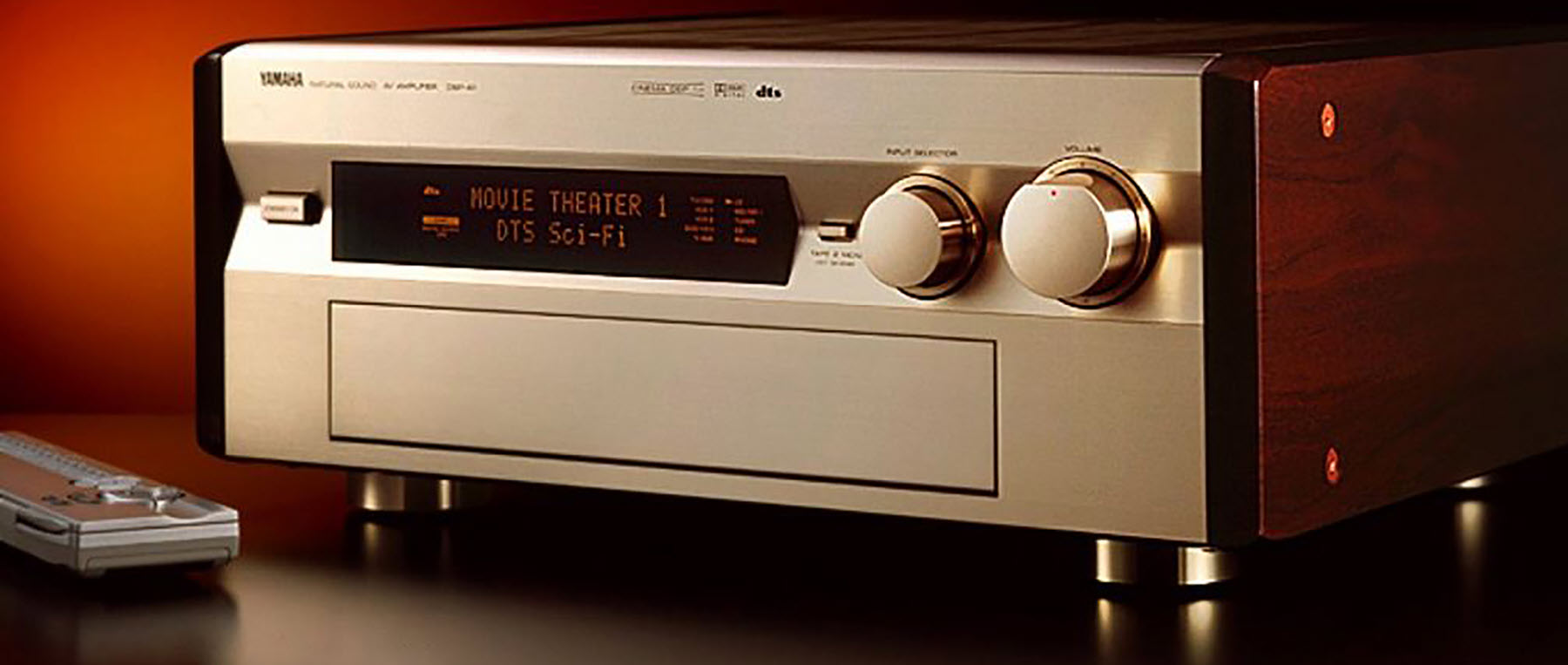
An amplifier is a device that acquires an audio signal and amplifies it to the speakers to play the audio. A receiver, on the other hand, has a built-in amplifier with some extra functionality because it acts as a tuner, preamplifier, and radio.
The main difference between amplifiers and receivers is in the underlying philosophy: choosing an amplifier means buying a system in which all components-amplifier, preamplifier, tuner, and so on-are separate and self-contained; this is the qualitatively better solution. Conversely, if you choose a receiver, you get all components combined into one device: preamplifier, the amplifier, and possibly the tuner. This is a practical solution, but with major limitations and a sharp drop in overall quality; by the way, it is also not always the most cost-effective option.
Autonomous Amplifiers

Very trivially, an amplifier takes a small signal and amplifies it (at an energy expenditure) before outputting it to the speakers. This is a necessary step because otherwise there would not be enough power to make the speakers play.
It is an active (i.e., powered) type device that takes the signal, creates a more powerful replica of it, and propagates it to the speakers. The multiplicative factor is called “gain” and is expressed in dB.
The amplifier will then feed the speakers and the subwoofer, but be careful, because not all speakers are compatible with all amplifiers; there are lots of Hi-Fi stereo amplifiers with their own characteristics and performance that do not always match the devices you already own. So it is essential to inform yourself properly before making a major expenditure.
The processor is the beating heart of your home theater. It is the part that excites and engages, and its main function is to receive, interpret, and process audio/video signals and rebroadcast them.
Sound is caused by the vibration of air, and the number of waves per second (hertz) determines the frequency of sound. The lowest frequency that the human ear can detect is about 20 Hz and the highest around 20,000 Hz or 20 kHz. Equalizers divide this frequency spectrum into smaller bands, making them easier to control and modulate to one’s liking or to achieve certain effects.
The frequencies are shown on a scale with a center value of ‘0,’ which means that you can reduce the sound amplification or increase a certain range of frequencies (the so-called “gain”). If your AVR includes a parametric EQ, in addition to the gain control you will also see a value called “Q.” The latter refers to the bandwidth of the frequencies you are adjusting. You can choose to work with a small frequency range or a wider one by altering this value. When fine-tuning your audio, it is a good idea to bound the Q as much as possible to reduce amplification and widen it as much as possible when you increase it.
Receiver?
Logically, an all-in-one receiver should be a good option because it includes more functions than just the amplifier, and all the other components are already integrated. Yet, in most cases it is not the most convenient choice at all. And the reason is simple.
If you are just trying to create a home theater and you have to connect Smart TV, speakers, consoles and everything else in one place, then a receiver is probably the best choice. But if you are a true enthusiast and audiophile, or if you want to use a quality set of speakers for music, then you need the highest quality possible. In the latter case, an amplifier is the wisest choice.
And having separate components is not only an advantage in terms of quality, but also in terms of control and in the long run savings. If an all-in-one receiver fails, or if your needs change, there is no way to replace individual parts: you have to throw everything away and buy a new set again. And if one stand-alone amplifier fails, the rest of the room continues to work; if everything is loaded on the same all-in-one receiver, you lose everything at the first failure.
Choosing the Right Amplifier
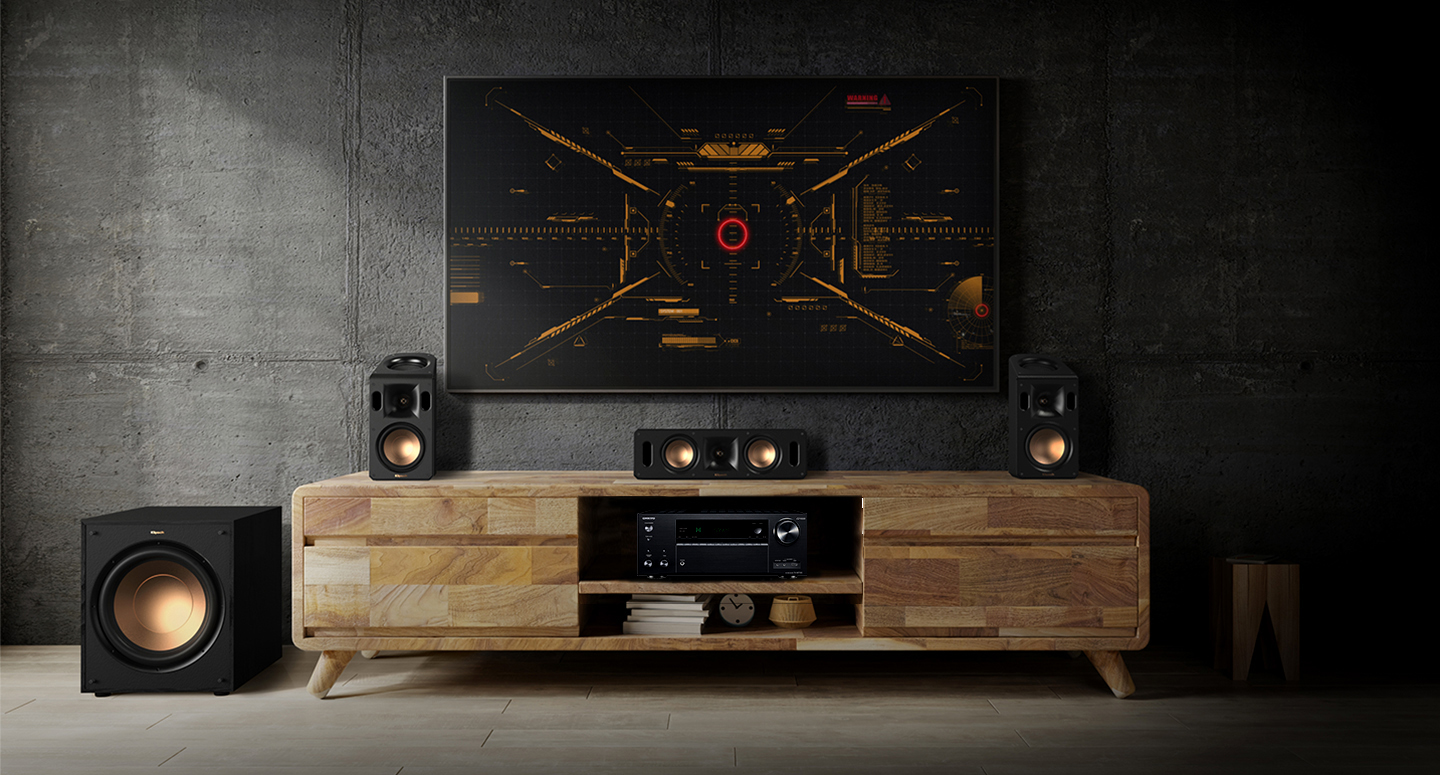
Power, frequency, noise, impedance, efficiency, and distortion are complicated physical concepts to grasp that nevertheless and might discourage a novice user. But they are what make the difference between an adequate amplifier and one that is completely wrong. In other words, adding just any amplifier to the room is not enough to achieve good sound performance and perfect vibrations.
Incidentally, by connecting components together in a foolish and unwise manner, you also risk irreparable damage to the system’s components. For example, it would be natural to assume that an amplifier with a higher power rating (in watts) is always necessarily better than others with lower power ratings; but this is not the case. The different ways in which manufacturers calculate power makes such a comparison difficult. It seems counter-intuitive, but the same reasoning applies to signal quality, speaker efficiency, and impedance.
Amplifier: Let’s get into the Technical
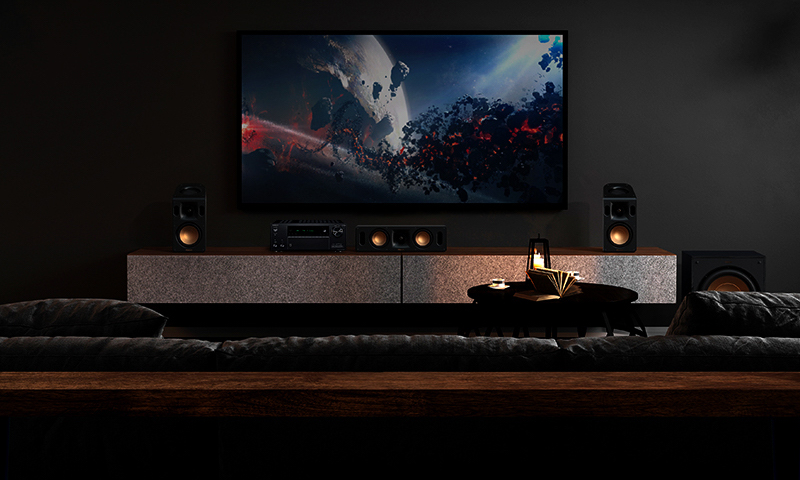
Different manufacturers can choose whether to measure the power delivered by an amplifier by its peak value or its average value (also called RMS). And not only that. Many divergences are also there for the power output and efficiency of speakers and amplifier. Finally, there is the question of codecs:
- Alternating Current: The current supplied by an amplifier to a speaker is alternating (AC). This means that the manufacturer can choose whether to measure its power by its peak value or its average value (also called RMS). Entry-level amplifiers are often advertised with the peak value, which might mislead that they are as powerful as expensive ones, at least on paper. But the misunderstanding arises from this duality in specifications.
- Power delivered: The other important thing to know is whether the power delivered is total or per individual channel. If you are feeding seven or more speakers from an amplifier, you will need to know how much power will be delivered to each one absolutely precisely.
- Signal quality: Although formally the amplifier can deliver a lot of power, the signal may not necessarily be clean. It is important to look for products characterized by low THD (Total Harmonic Distortion) and high SNR (Signal to Noise Ratio). Here again, the point made earlier applies: considerable power is not always synonymous with quality.
- Speaker Efficiency: Even the best amplifier on the market will perform inadequately when connected to inefficient speakers. Speaker efficiency is measured by placing a microphone one meter away and then running a single watt of power. At that point, the sound pressure level (SPL) expressed in decibels is measured. Each standard requires minimum values, and it is important to make measurements professionally to see if your system falls within the required parameters. In general, a more efficient speaker requires less volume to sound good and generates less heat.
- Impedance: The impedance value of commercial speakers is between 6 and 8 Ohms, and this range is compatible with most amplifiers. However, care must be taken with 4-ohm speakers. A reduction in impedance (i.e., resistance) will in fact cause an increase in current, and therefore this will affect the amount of color produced.
- Supported Codecs: Codecs are software that decodes incoming digital signals. In order to get a full and varied experience, it is imperative that your amplifier supports the codecs provided by the sources. Otherwise, the magic is lost, and you can kiss the movie theater experience in your home goodbye.
The Expert’s Touch
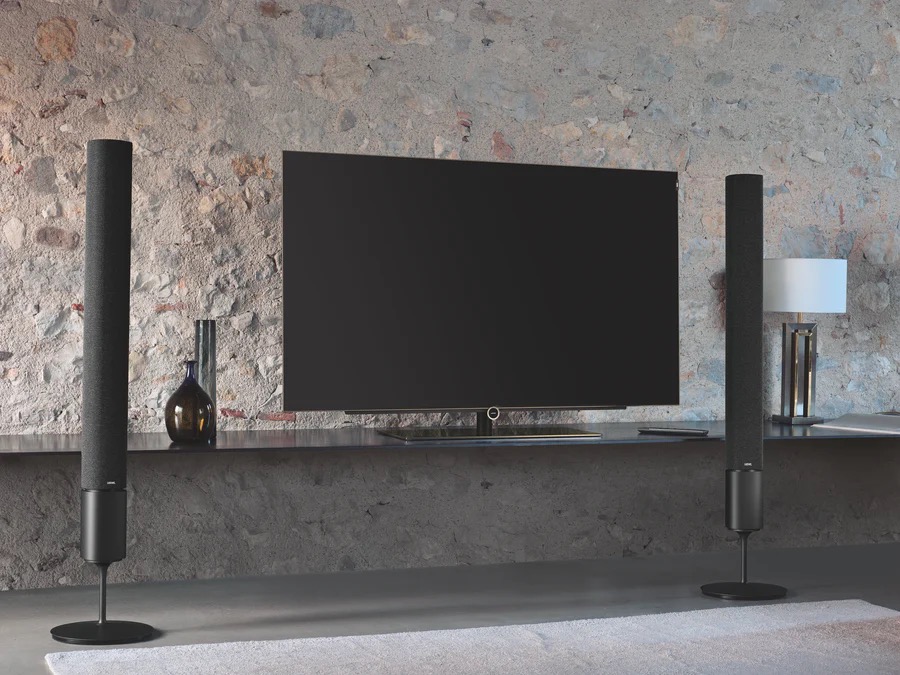
In choosing the ideal model, it is important to have basic musical training, which, too often, is absent. This leads many to ignore the importance of (or completely misrepresent) notions such as “dynamics.”
In musical terminology, dynamics is the management of sound intensities and their gradation to be adopted during performance; by extension, it is what determines the stylistic and functional aspects of a composition. And this concept, fundamental to musical performance, is also important during to purchase an amplifier.
Thus, the choice of the ideal amplifier model depends on the size of the room, and the level of the home theater system. While a receiver (or multichannel integrated amplifier) will be fine for small or medium-sized solutions, audio processor and power amplifiers are recommended for high-end applications and in professional settings.
The current minimum market standard for receivers is 7.1 channels, and as a general rule you can always use fewer speakers than the capabilities of the receiver, but it never pays to do the opposite.
Dolby Atmos

Dolby Atmos supports up to 128 channels and 64 audio streams, with speakers located on the front, back, bottom, and ceiling. The minimum Atmos configuration is 5.1.2, that is, three front, two surround, one subwoofer and two ceiling speakers. This allows us to recreate the impression of moving objects around and above us with a reasonably simple configuration. To get the best possible experience, however, you would need at least a 5.1.4, that is, three front speakers, two surround speakers, a subwoofer, and four speakers on top; however, in this case, you need a 9-channel amplifier.
In general, the more speakers you can add to the room, the more precisely the objects will be placed; therefore, the more realistic your experience will be.
Leggi il nostro articolo dedicato per saperne di più su Dolby Atmos e sul suono 3D.





